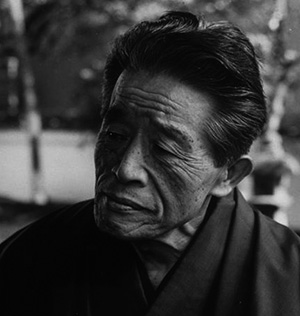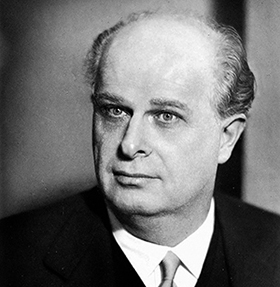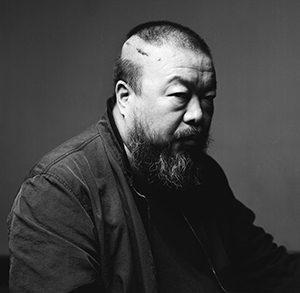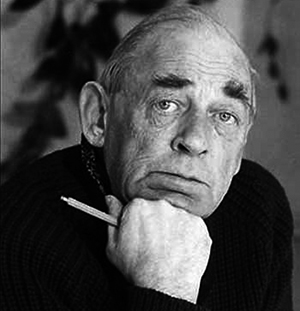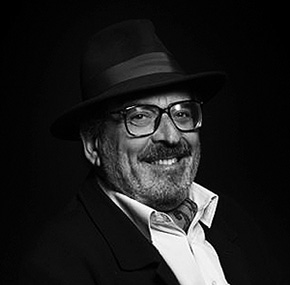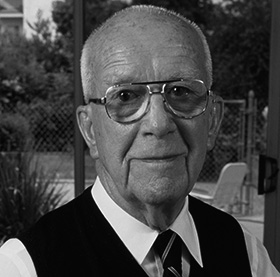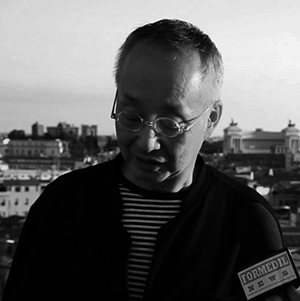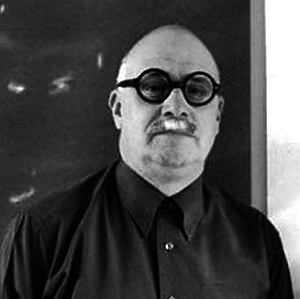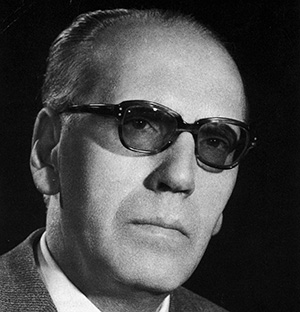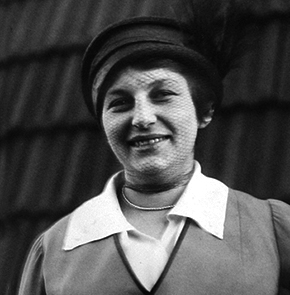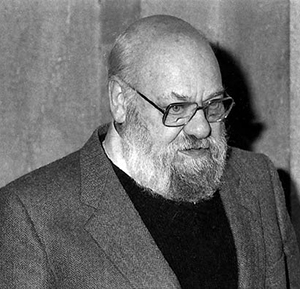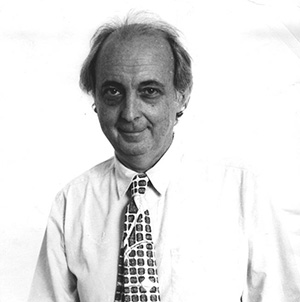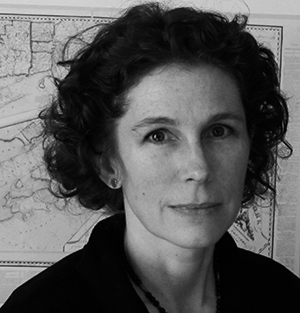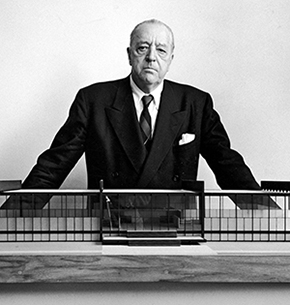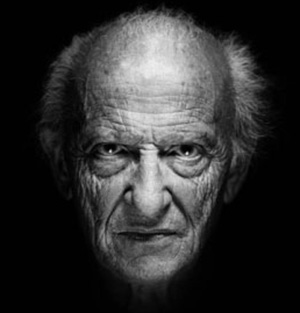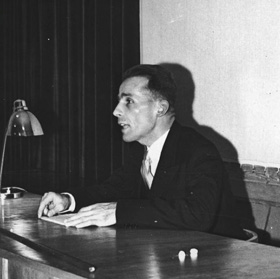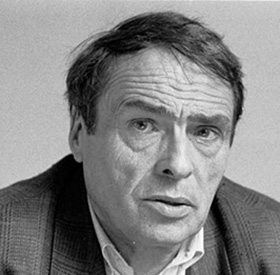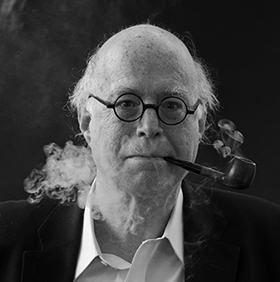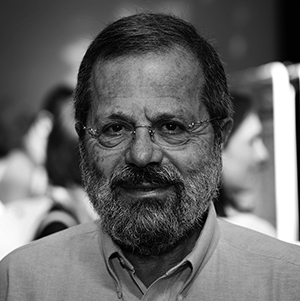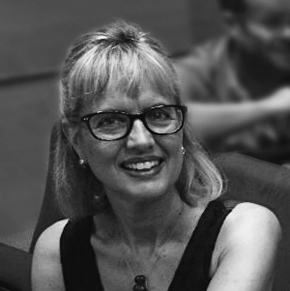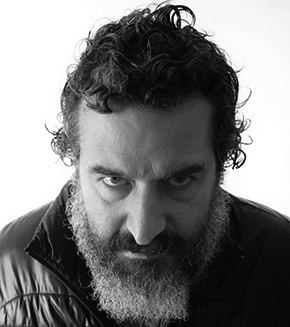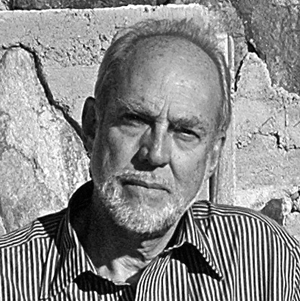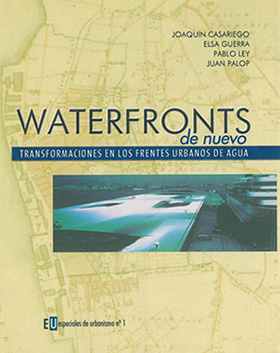By Alicia Guerrero Yeste *
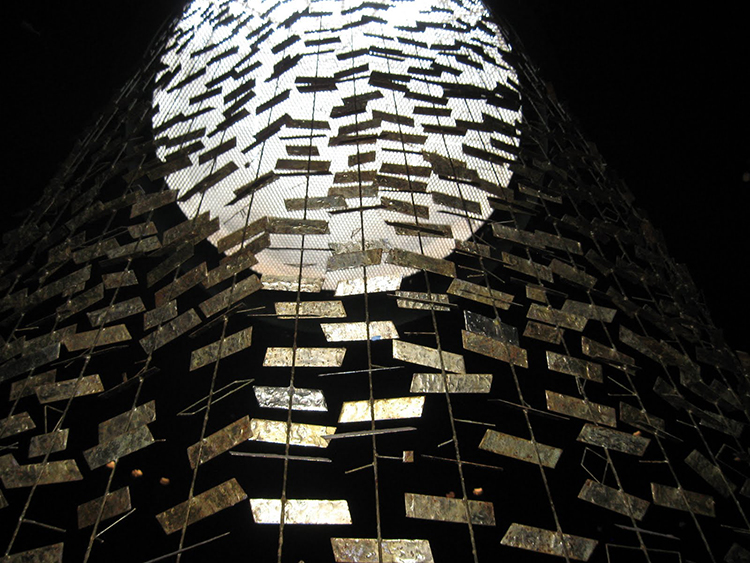 Capilla del Illinois Institute of Technology. Eero Saarinen, 1955. Image: Jules
Capilla del Illinois Institute of Technology. Eero Saarinen, 1955. Image: Jules
Currently in most of our cities, the presence of religious buildings has a historic spiritual symbolism. Undeniably cathedrals, churches, chapels ... remain faithful to many sacred space, however, has had to learn to live in many cases with a dimension of scope for the remainder interest (but not canceled) that quality. Also, is probably also necessary to consider how much of our society oscillates between a contradiction in which, while away unsatisfied traditional forms of religion succumb to materialism and consumerism, nevertheless searching spiritual channels that imbue a sense of their existence.
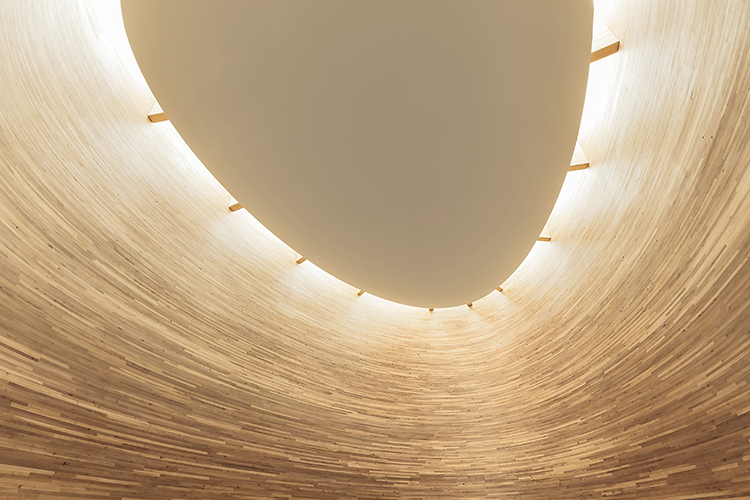 Inside the chapel Kamppi. K2S Architects. Helsinki, 2012
Inside the chapel Kamppi. K2S Architects. Helsinki, 2012
This condition raises the need to design architectures that are identified with this search and can accommodate. Como plantea el teólogo Philip Sheldrake en su ensayo “The Spiritual City”:« are accurate new forms of expression and the religious experience, withdrawals but accessible."One observation that can be recognized without doubt the foundation that characterizes the Chapel of Silence (Kamppi Chapel) of K2S Architects, a small building whose purpose is to serve as a venue for meditation and spiritual comforting and which is located in the plaza Narinkka, one of the most central and busiest in Helsinki.
The project, whose construction was completed during the past year, emerged as an initiative of the city government, being Helsinki Parish Union who has acted as project customer, with the cooperation of the parishes in the towns of Espoo and Vantaa in the planning of the services offered by the chapel.
This character is probably public initiative which gives more exemplary to the realization of this project: consideration, from the public sphere of civil and religious, of the importance of attending to the spiritual needs of citizens. A project needs to clearly understand, we quote again Sheldrake, not exclusively focused on 'inner experience or spiritual practices, but also implies how we give meaning to our lives in the everyday world», since the chapel is seen as an area where everyone ecumenical (from early morning to late afternoon) can turn to a brief encounter retreat himself, of the sleep meditation, and also has at its disposal a team of social workers with which to talk about all kinds of issues that may be troubling domestic welfare of a person at a particular time, whether or not a religious.
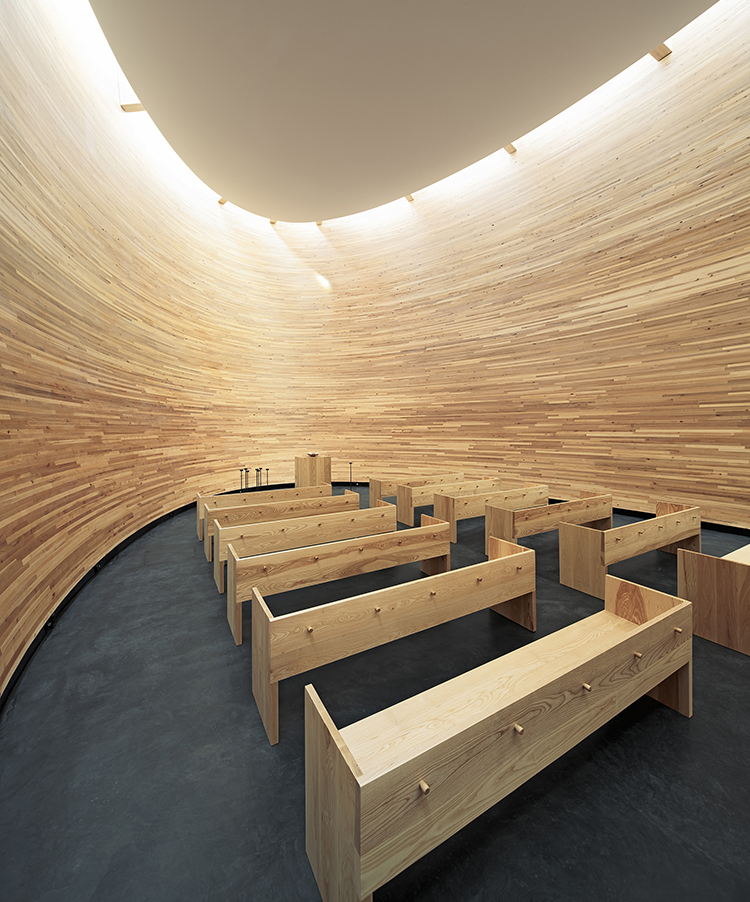
With a total area of 270 m2 and located ensuring its accessibility from all points surrounding urban, the leading element of the building is wood structure 11,5 m. high, which houses the chapel deliberately minimalist and focused on creating inside an atmosphere of calm and warmth through the sensory quality of the material and the careful articulation of overhead light penetration. This is a clearly contemporary language volume, that is intended to reflect the movement of people around, but also a performance of traditional wooden churches Finnish, sitas especially in rural areas. The interior furnishings focuses on the essentials: benches and a small altar, a reproduction of the usual inside a Christian church that perhaps we need to understand as a necessary inertia, conventions unequivocally assimilated to recognizing the spiritual vocation of this area. Juxtaposed to this vertical volume low volume lies horizontally, Color Black, which serves as a space of mediation between urban space and the quiet interior of the chapel, and which houses the offices for private conversations.
«Back to acquire a sense of the spiritual in the city is a form of resistance against the fragmentation of life, selfish individualism and lack of postmodern place» asevera Sheldrake. In the delicate simplicity of the architecture, Chapel of Silence confirms the deep need to find ways to spirit.
*Article originally published in Cultura / s supplement of the Journal La Vanguardia. Barcelona 27/03/2013
 The altar of the chapel of the Illinois Institute of Technology. Eero Saarinen, 1955. Image: Iñaki Bergera
The altar of the chapel of the Illinois Institute of Technology. Eero Saarinen, 1955. Image: Iñaki Bergera
